Atmospheric Boundary Layer Flows is a specialized book that examines the fundamental principles of fluid dynamics and meteorology, focusing on the atmospheric boundary layer. While primarily an environmental science book, it has significant relevance for dermatology students, MRCP candidates, and healthcare professionals, particularly those interested in understanding how environmental factors, such as air pollution and climate, can impact dermatological health.
The book offers a thorough understanding of how the boundary layer in the atmosphere interacts with various surfaces, including the earth’s surface and human skin. It explores the effects of these interactions on skin health, particularly in areas prone to high levels of pollution or extreme climates.
Key Topics Covered:
Introduction to Atmospheric Boundary Layer
Learn the basic principles of fluid dynamics and the boundary layer concept, focusing on how atmospheric flows interact with the ground and other surfaces. This section provides foundational knowledge about the behavior of air flows near the surface.
Environmental Factors Impacting Dermatology
Explore the relationship between atmospheric conditions, including temperature, humidity, and pollution, and their effects on skin health. This section provides insights into how environmental stressors can contribute to conditions like eczema, psoriasis, and acne.
Air Pollution and Skin Health
Understand how airborne pollutants, such as particulate matter, ozone, and nitrogen dioxide, can affect skin health. Learn about the latest research on pollution-induced skin damage, including accelerated aging and inflammation.
Climate Change and Dermatology
Investigate how global climate change and shifts in weather patterns are altering dermatological conditions. This chapter covers the impact of extreme heat, increased UV radiation, and rising temperatures on skin diseases and conditions.
Impact of Urban Environments on Skin
Learn about the unique challenges posed by urban environments, such as increased exposure to pollution and heat islands. This section discusses how dermatologists can help patients manage skin conditions aggravated by urban living.
Effects of Seasonal Variations on Skin
Understand how seasonal changes, such as transitions from winter to summer, affect skin conditions and exacerbate diseases like rosacea, eczema, and allergic reactions. The book explores how environmental factors vary across seasons and regions.
Innovations in Environmental Dermatology
The book highlights the latest innovations in environmental dermatology, a growing field that addresses how environmental factors influence skin health. It includes a discussion on the development of protective skincare products and environmentally friendly treatments.
Who Should Read This Book?
Medical Students
Ideal for MBBS students studying dermatology, Atmospheric Boundary Layer Flows helps students understand how environmental factors influence dermatological conditions and the broader field of environmental dermatology.
Dermatology Residents
A valuable resource for residents specializing in dermatology and environmental health. This book provides insights into environmental dermatology, a field that combines dermatology with environmental science.
MRCP Candidates
Perfect for those preparing for MRCP dermatology books, this book covers key topics related to environmental factors affecting skin health, which are important for both exams and clinical practice.
Healthcare Professionals in Urban or Polluted Areas
A must-have for dermatologists and other healthcare providers working in urban or polluted areas, where environmental factors significantly affect patient health.
Final Thought
Atmospheric Boundary Layer Flows is a comprehensive resource for understanding how atmospheric dynamics and environmental factors impact dermatological health. The book provides a solid foundation in atmospheric science while offering practical insights into how these factors influence skin diseases.

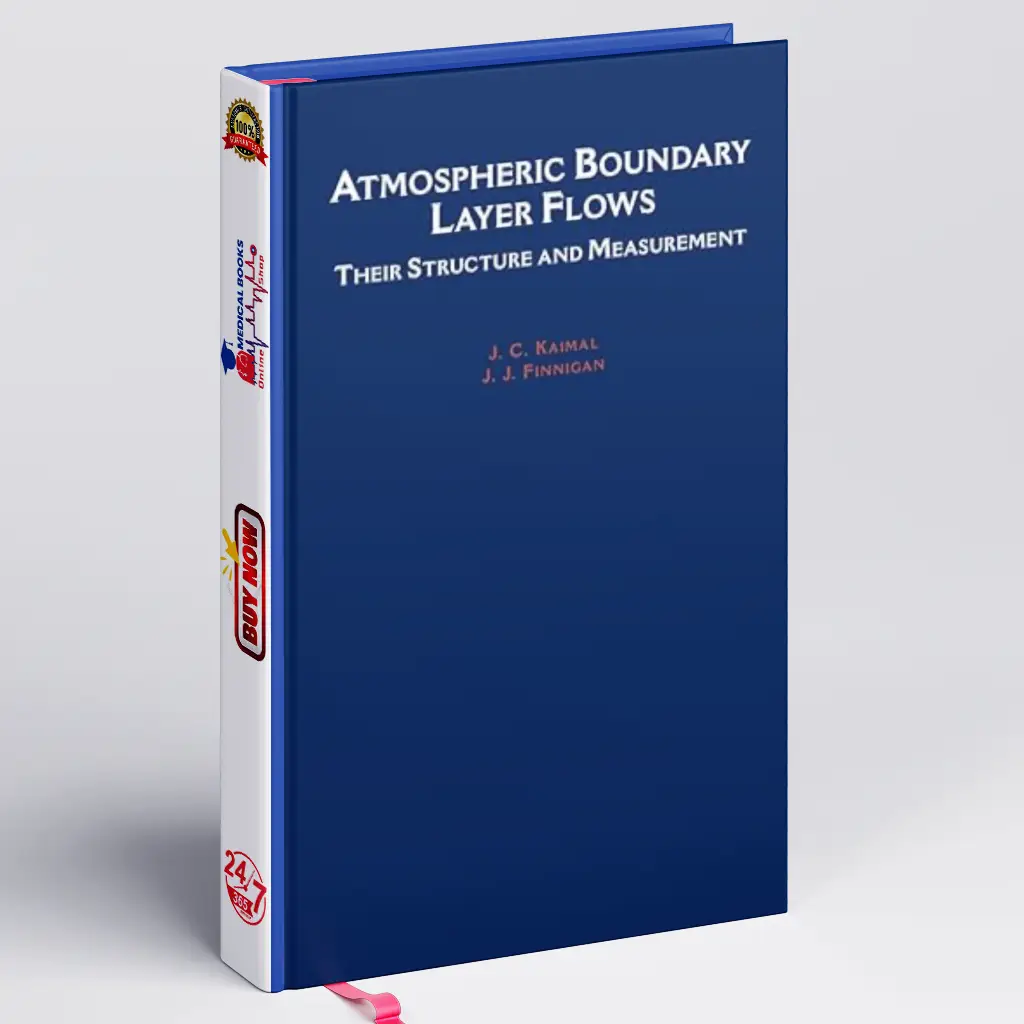
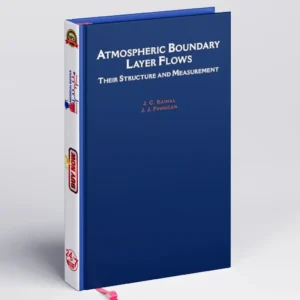
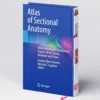
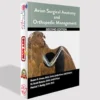
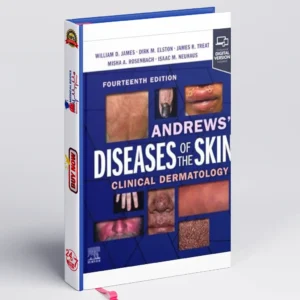



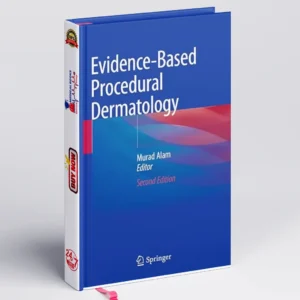

Reviews
There are no reviews yet.